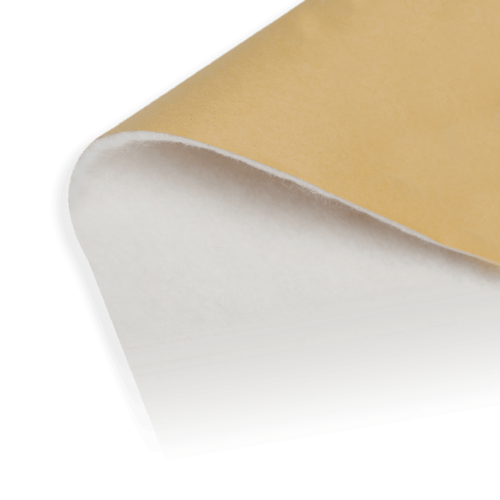There are many methods for making antibacterial fibers, such as chemical grafting or modification of the polymer structure of chemical fibers, physical methods to mix antibacterial agents into the fibers, or use composite spinning technology, etc. Among them, the blending method is more commonly used, that is, in the spinning stage of synthetic fibers, the antibacterial agent is mixed into the polymer for spinning. Inorganic antibacterial polyester fiber is another antibacterial fiber produced by blending. The method for producing polyester antibacterial fiber is to first make a nano-layered silver antibacterial agent or an antibacterial masterbatch with a high content of silver-containing inorganic zeolite AgION, add a certain proportion of antibacterial masterbatch during spinning, and make polyester antibacterial fiber or antibacterial hollow fiber by blending spinning. The production process includes processes such as slice drying process and spinning and drawing process. Tested by many authoritative health units: antibacterial fabrics have obvious antibacterial, anti-inflammatory, deodorizing, anti-mildew, antipruritic and astringent effects. They can completely kill Staphylococcus aureus, Staphylococcus epidermidis, gonococci (domestic epidemic strains), gonococci (international standard resistant strains), streptococci, pneumococci, meningococci, Escherichia coli, Shigella dysenteriae, Salmonella typhi, Pneumococcus, Pseudomonas aeruginosa, Bacillus subtilis, Bacillus cereus, Candida albicans, Epidermophyton floccosum, Trichophyton gypseum and other harmful bacteria that come into contact with the fabric. After washing 100 times, the antibacterial rate is still above 99.95%, and it has an antibacterial effect of 0 to 1 level against Aspergillus niger, Aspergillus flavus, Citrus aurantium, Trichoderma viride, Chaetomium globosum, etc. (GB/T2423.16-1999). It is non-irritating to the skin, has no allergic reaction, is non-toxic to the human body, can effectively prevent the spread of diseases such as trachoma, conjunctivitis, gonorrhea, vaginitis, cervicitis, pelvic inflammatory disease, prostatitis, respiratory infection, etc., and has significant effects on preventing and treating tinea pedis, tinea cruris, eczema, sweat odor, foot odor, skin itching, etc. Dust mites feed on human dandruff, their body size is about 300 microns, and their feces are between 10-40 microns. These dust mites and excrement contain allergenic substances that induce asthma, dermatitis or rhinitis. Anti-mite and antibacterial multifunctional fiber is obtained by adding SCJ-998 high-efficiency anti-mite and antibacterial agent to acrylic spinning solution, and spinning to obtain anti-mite and antibacterial fiber. Its anti-mite and antibacterial properties have been tested by relevant national authoritative agencies and are considered to have excellent anti-mite and antibacterial properties, among which the dust mite repellency rate reaches 99%, and the antibacterial rate reaches 99.9%, and it is non-allergic and non-irritating to the skin. The use of anti-mite and antibacterial acrylic fiber is suitable for all types of textiles and blended fabrics, including clothing, bedding, mattress linings, pillow cores, quilt cores, carpets, toys, air filters and other products.

 English
English Español
Español Deutsch
Deutsch عربى
عربى














